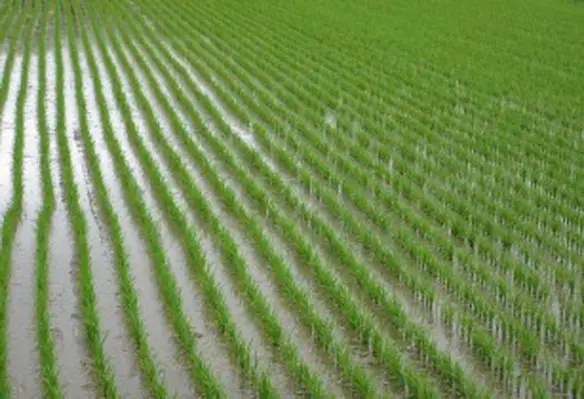An FAO regional workshop on innovative integrated agro-aquaculture in Asia explored how fish farming integrated in flooded rice paddy fields help to achieve higher yield and better quality of rice besides producing fish as an additional commodity
Rice is a major food commodity and staple food for many, and adding fish to flooded rice paddies has been a farming tradition practiced in some Asian countries for many centuries. With the adoption of innovative technologies and a wider choice of fish species and rice varieties, the rice-fish farming system can play a significant role in poverty reduction and improving food and nutrition security.
A prime example of this successful practice is found in Honghe County of China’s Yunnan Province.
“Agriculture, integrated with fish farming, supports rural and indigenous communities and can significantly help countries address the challenges of poverty alleviation as well as improved food and nutrition security,” said Matthias Halwart, senior officer and outreach coordinator of FAO’s Sustainable Agriculture Programme. “The rice-fish farming system we witnessed here, also recognised as a Globally Important Agricultural Heritage System (GIAHS), represents the wisdom of millennia of farming, nowadays strengthened by innovative aspects such as public private partnership.”
Halwart also pointed out that there is scope for a wider adoption of rice-fish systems in the region and beyond.
A group of agro-aquaculture experts from seven Asian countries attending an FAO regional workshop on innovative integrated agro-aquaculture in Asia, visited the rice-fish farming systems in the terraced rice field in Honghe, where fish is integrated in rice paddy to achieve higher yield and better quality of rice topping with fish as an additional commodity. As a result, the value of the combined output has tripled.
The experts participating in the workshop and site visit noted the importance of using scarce resources efficiently and manage to grow nutritious and safe food with a minimum of potentially harmful chemicals. They also concluded that promoting an enabling policy environment and providing necessary technical expertise are critical elements in developing their business plans.





